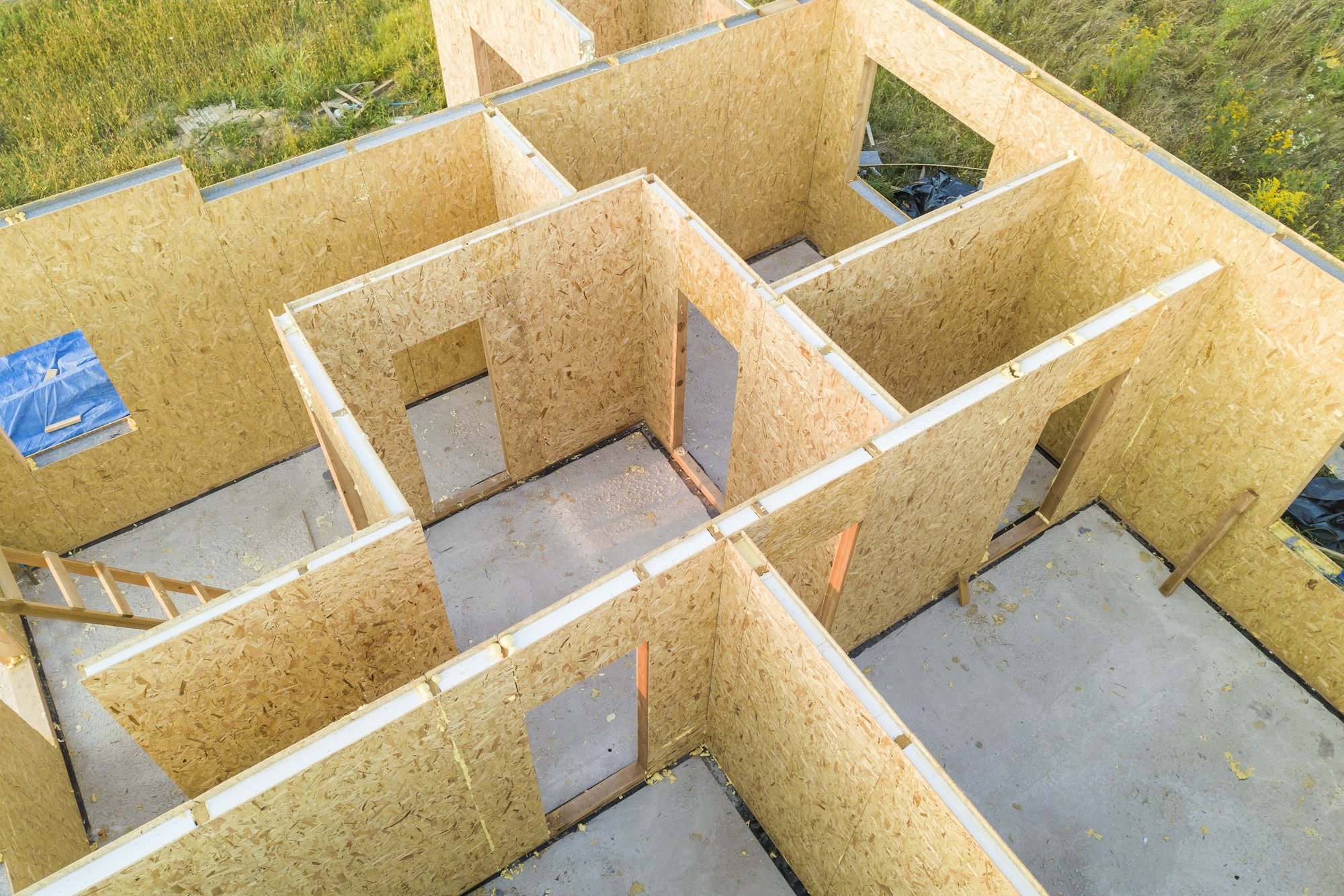What Are the Implications of Modular Construction on Real Estate Development Costs?

Today, we delve into the captivating world of modular construction, a method that is fast revolutionizing the real estate development scene. Given the dire need to cut construction costs and speed up building projects, modular construction proposes a unique solution. With this method, not only is on-site construction minimized, but also, the overall project execution timeline is drastically reduced.
We will explore how this innovative construction method is impacting the housing market, its implications on design, costs, and overall real estate development. Furthermore, we will discuss how developers are leveraging this building method and the potential it holds for the future of real estate.
Also to discover : How to Navigate Heritage Property Regulations for Real Estate Developments in the UK?
The Emergence of Modular Construction in Real Estate
Modular construction has been steadily gaining traction in the real estate industry. It’s a construction method that involves assembling sections of a building in a factory, then transporting those modules to the building site for final assembly. This process reduces the amount of on-site construction work, significantly cutting down on project execution time.
Modular construction has seen significant uptake in the real estate industry, particularly in the housing sector, due to its potential to drive down costs and speed up construction. It is a market-friendly approach that seeks to address the challenges faced in traditional construction methods, including cost overruns, project delays, and quality control issues.
Have you seen this : What Are the Considerations for Repurposing Old Industrial Sites into Residential Spaces?
How Modular Construction Impacts Design and Project Development
While cost and time efficiency are decisive factors, modular construction also offers considerable implications on design and project development. Modular design is highly flexible, allowing for a broad range of architectural styles, layouts, and sizes. This flexibility is critical in real estate, where different clients have diverse preferences and needs.
Unlike traditional construction, modular building allows for simultaneous site and building work. This concurrent process of site preparation and module production not only speeds up project timelines but also enhances the overall project development efficiency. Real estate developers can, therefore, deliver projects faster and accommodate more clients within the same timeframe.
Cost Implications of Modular Construction in Real Estate
A significant draw for modular construction in real estate is its potential to save on costs. Compared to traditional construction, modular building can offer significant cost savings, mainly due to reduced labor and material costs and less waste.
Modular construction also provides more accurate project cost estimates, thanks to the controlled factory environment in which the modules are built. This accuracy in cost estimation reduces the risk of unexpected expenses, providing developers and clients with a more precise understanding of the project budget.
Moreover, fewer site disturbances due to reduced construction times can mean lower costs related to site security and maintenance. These savings are a significant boost for real estate developers who are always seeking ways to reduce expenditure without compromising on project quality.
Developers’ Perspective on Modular Construction
Forward-thinking real estate developers have been quick to adopt modular construction, appreciating its potential for cost-effective and efficient project delivery. By assembling building modules in a factory, developers have better control over the construction process, ensuring higher quality outcomes.
Modular construction also offers developers an edge in meeting market demand efficiently. With the ability to produce multiple units concurrently, developers can deliver projects to the market faster, especially in high-demand areas. This speed to market is a significant competitive advantage in the ever-dynamic real estate industry.
The Future of Modular Construction in Real Estate
Given its benefits, modular construction holds a promising future in the real estate industry. As more developers embrace this method, its uptake will likely continue to rise, especially given the increasing demand for affordable housing and the need for efficient construction methods.
The factory-based construction process of modular building also aligns well with the growing focus on sustainability in real estate. With less waste and a more efficient use of materials, modular construction is poised to play a key role in the drive towards greener and more sustainable construction practices.
As we move forward, we can expect to see more innovative applications of modular construction in real estate, from multi-storey residential buildings to expansive commercial estates. Modular construction has the potential to significantly reshape the real estate landscape, providing a viable solution to the industry’s perennial challenges of cost and efficiency.
In the end, it’s clear that modular construction is not just a fleeting trend. Rather, it is an innovative approach that is here to stay – one that will continue to have significant implications on the costs and dynamics of real estate development.
The Influence of Modular Construction on Multifamily Housing
As the need for affordable housing continues to rise, the real estate market is looking at innovative alternatives to traditional construction methods. One such method that is increasingly gaining popularity is modular construction. This approach to construction is particularly suitable for multifamily housing projects, given its potential for faster and cheaper delivery.
In the context of multifamily housing, the benefits of modular construction are multifold. Firstly, it allows for the simultaneous construction of multiple units in a controlled factory environment. This not only speeds up the overall construction timeline but also ensures uniformity in the quality of the units. Moreover, the factory environment minimises the risks of weather-related delays or damage, providing additional time and cost savings.
Secondly, modular construction supports high-density living solutions without compromising on quality or design versatility. This is of particular importance in urban areas where land is limited and there is a high demand for affordable housing options.
Lastly, with a significant reduction in on-site construction work, the disturbances to neighbouring properties are minimised. This is particularly beneficial in densely populated areas, where construction activities can often cause disruptions.
Conclusion: The Revolutionary Impact of Modular Construction on Real Estate Development
To sum up, modular construction is proving to be a revolutionary force in the real estate industry. With its potential for cost savings, time efficiency, and design flexibility, it is becoming an increasingly popular alternative to traditional construction methods.
The impact is particularly noticeable in the area of multifamily housing, where the need for affordable, quality housing is on the rise. By allowing for the parallel production of multiple units, modular construction significantly expedites the delivery of housing projects. Furthermore, the minimised site disturbances and the environmentally friendly nature of this construction approach make it an ideal solution for urban housing development.
Looking forward, as more real estate developers recognise the benefits of modular construction, its adoption within the industry is likely to increase. This shift could potentially redefine the dynamics of real estate construction, making it more responsive to the rapidly changing market demands.
In essence, modular construction is not just another construction method; it is a strategic response to the enduring construction and development challenges in the real estate industry. Its ability to provide cost-effective, efficient, and adaptable construction solutions positions it as a game-changer in the world of real estate development. As the industry continues to evolve, modular construction is poised to play a significant role in shaping its future. It is evident that this innovative approach to construction is here to stay and will continue to revolutionise the way we build and live.
